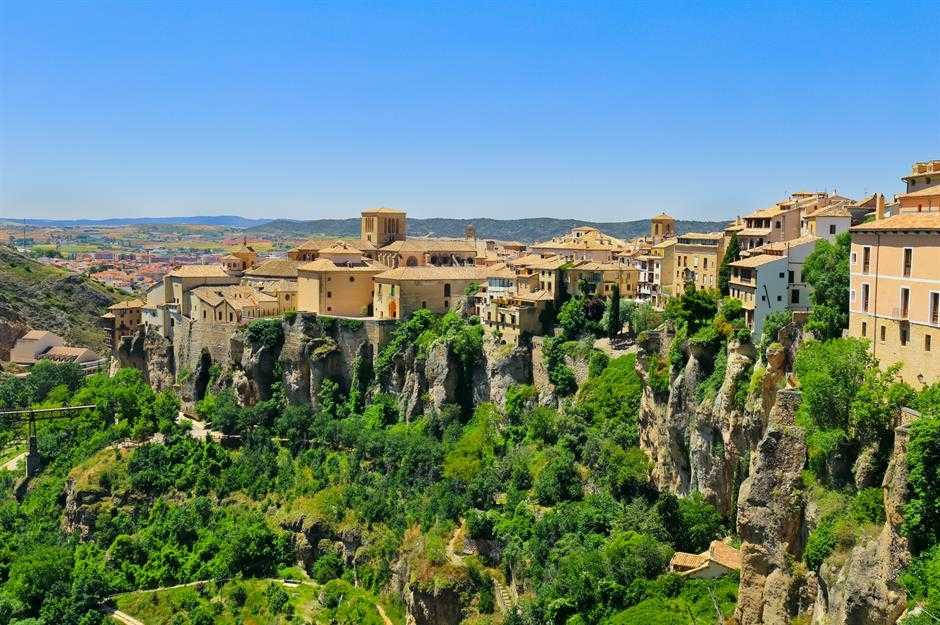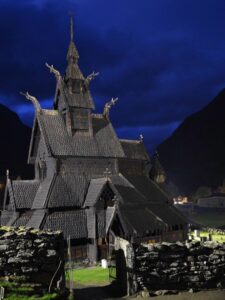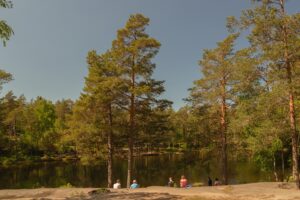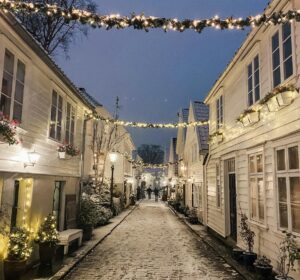Cuenca’s Hanging Houses: Unique Clifftop Architecture
Nestled in the heart of Spain, Cuenca is a city that captivates visitors with its dramatic landscapes and rich history. Among its most iconic attractions are the Hanging Houses, or “Casas Colgadas,” which precariously cling to the cliffs overlooking the Huécar River. These architectural marvels offer a glimpse into the past and provide a unique experience for those who venture to this enchanting city.
What to See
The Hanging Houses are a must-see for anyone visiting Cuenca. These medieval structures are built right into the cliffside, with wooden balconies that jut out over the gorge, offering breathtaking views of the surrounding landscape. The most famous of these houses is the Casa de la Sirena, which now houses the Museum of Abstract Art. This museum is a treasure trove of modern art, featuring works by renowned Spanish artists such as Antonio Saura and Fernando Zóbel.
Aside from the Hanging Houses themselves, the old town of Cuenca is a UNESCO World Heritage Site, filled with narrow cobblestone streets, charming squares, and historic buildings. The Cuenca Cathedral, with its stunning Gothic architecture, is another highlight. Don’t miss the San Pablo Bridge, which offers a perfect vantage point for photographing the Hanging Houses.
A Bit of History and Interesting Facts
The origins of the Hanging Houses date back to the 14th century, although the exact date of their construction remains a mystery. They were originally built as private residences, taking advantage of the natural rock formations to create additional living space. Over the centuries, many of these houses have been lost to time, but a few have been meticulously preserved and restored.
An interesting fact about the Hanging Houses is that they were once home to the city council and even served as a royal residence. Their unique design and precarious location have made them a symbol of Cuenca, attracting artists and photographers from around the world.
Getting There and Tips for First-Time Visitors
Cuenca is easily accessible from major Spanish cities. If you’re traveling from Madrid, you can take a high-speed train (AVE) that will get you to Cuenca in just over an hour. Alternatively, there are regular bus services and driving is also an option, with scenic routes that showcase the beauty of the Spanish countryside.
For first-time visitors, it’s advisable to wear comfortable shoes, as the old town is best explored on foot. The terrain can be steep and uneven, so be prepared for a bit of a workout. The best time to visit is during the spring or fall when the weather is mild, and the city is less crowded.
When planning your visit, consider staying overnight to fully appreciate the charm of Cuenca. The city offers a range of accommodations, from quaint guesthouses to modern hotels. Dining in Cuenca is a treat, with local specialties such as “morteruelo” (a hearty meat stew) and “alajú” (a sweet almond cake) that are sure to delight your taste buds.








